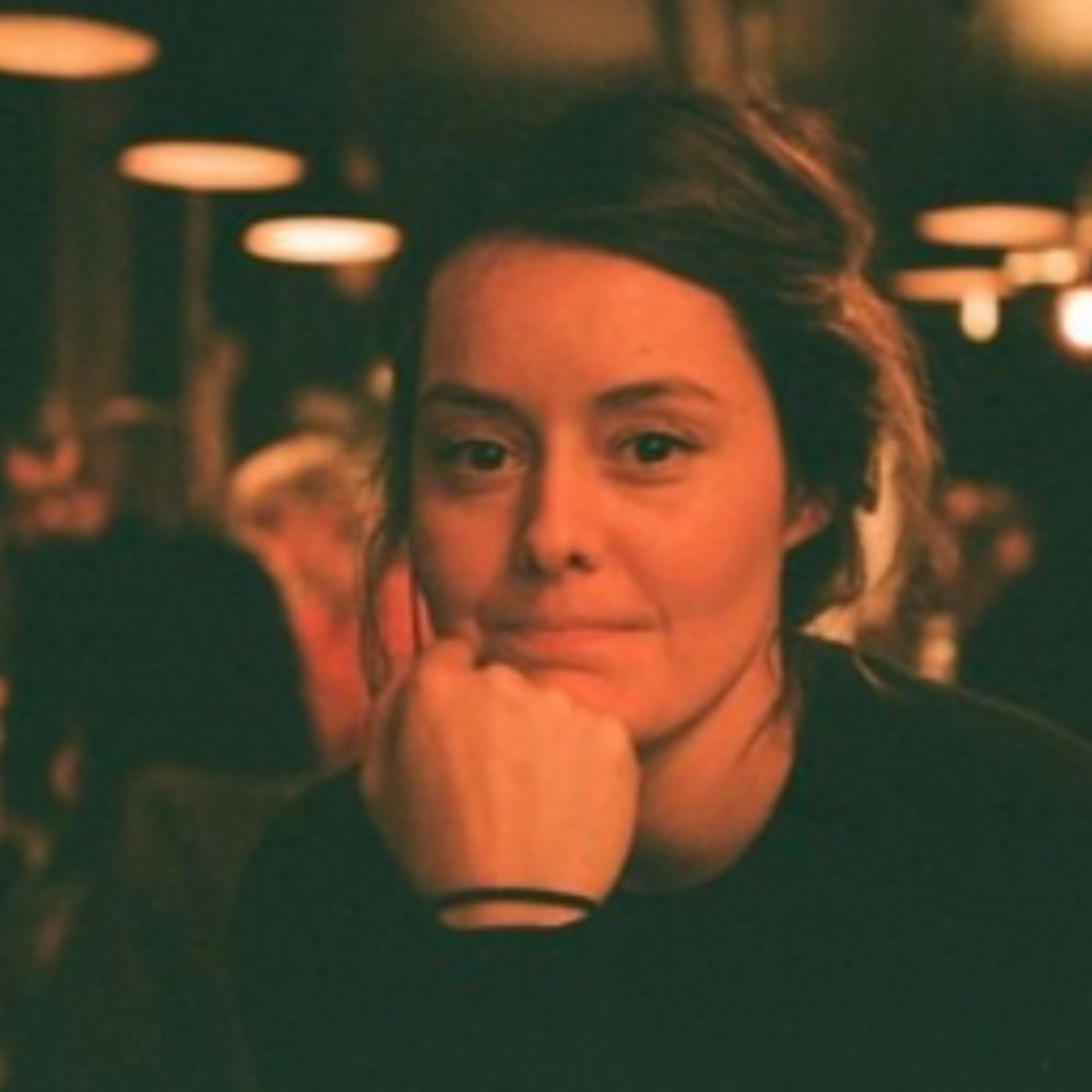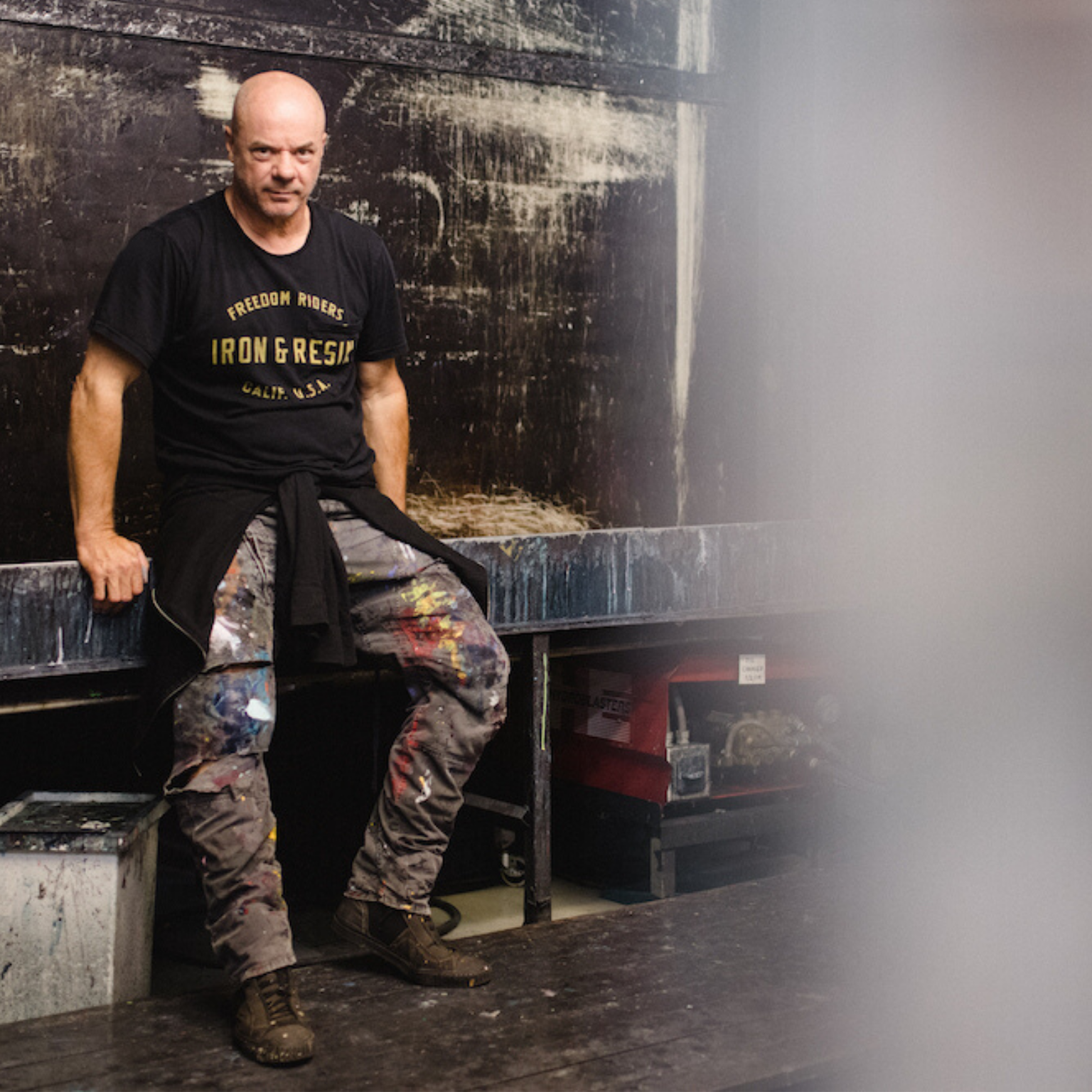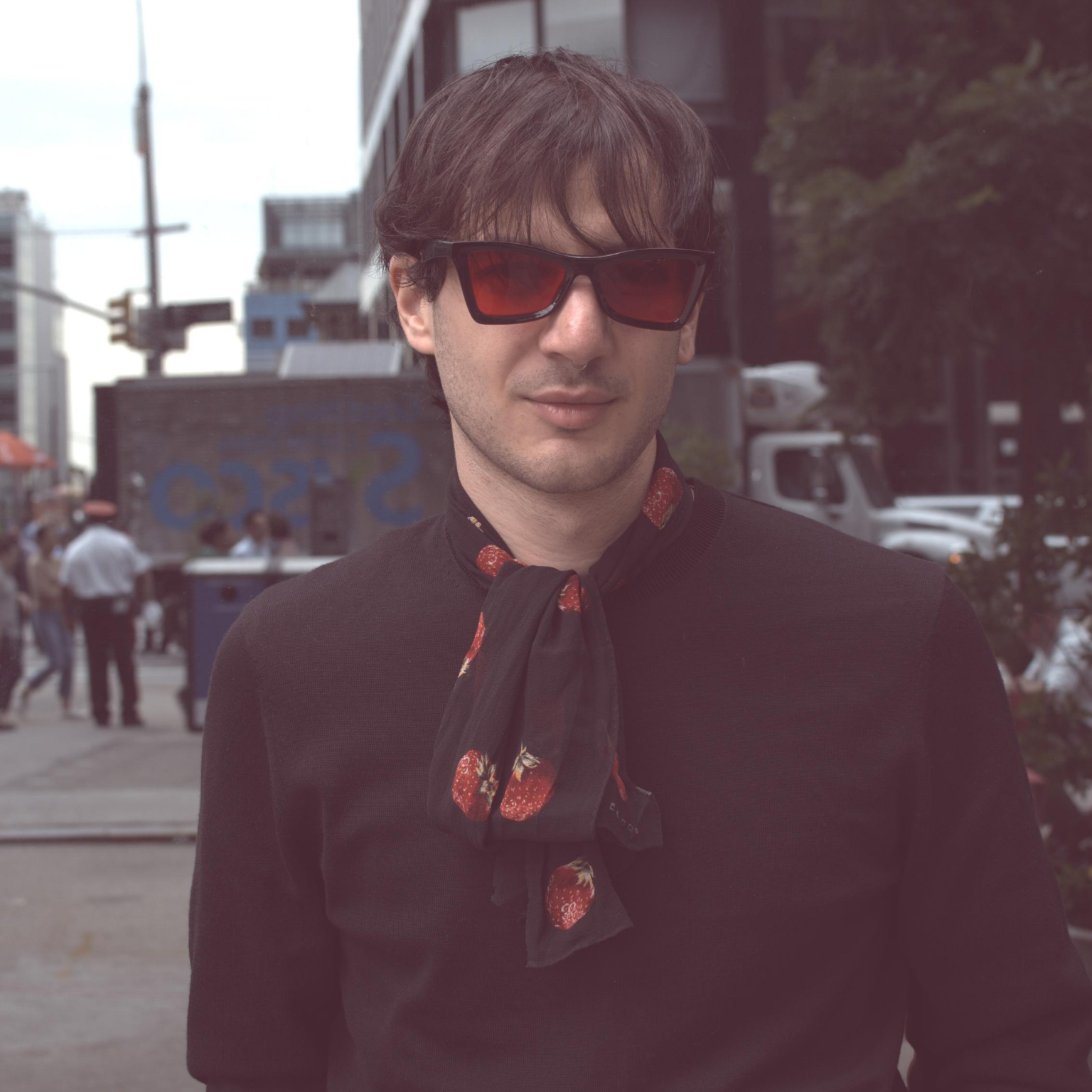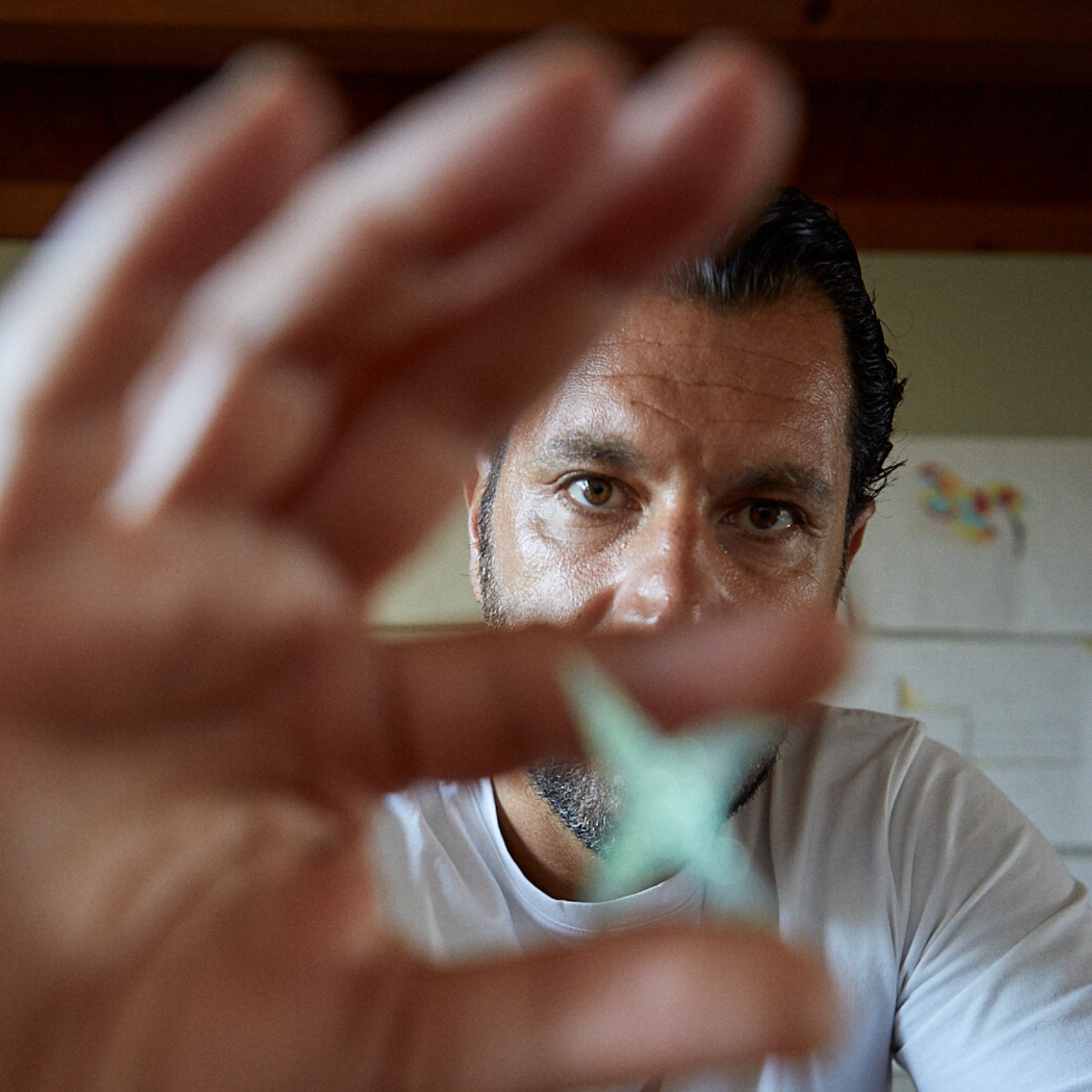Mélodie Preel, director of photography from France. Photo © Courtesy of the artist
Launched last June on Disney+ and Hulu, the TV series Becoming Karl Lagerfeld is a journey into the professional and private life of Karl Lagerfeld (Hamburg, 1933 – Paris, 2019), based on the biography Kaiser Karl by Raphaëlle Bacqué.
Written by screenwriters Isaure Pisani-Ferry and Jennifer Have, together with the author of the book, the story begins in the summer of 1972 when the designer, played by the German actor with Spanish citizenship Daniel Brühl, becomes the successor to Coco Chanel; is no shortage of rivalries with Pierre Bergé, who was Yves Saint Laurent’s partner, and love affairs with Jacques de Bascher.
The director of photography for this ambitious project is Mélodie Preel, one of the most talented and influential figures in cinematographic photography. With a career spanning numerous projects, we have the interviewee exclusively to learn more about her career and the world of Lagerfeld, to discover the secrets, the behind-the-scenes of a production that celebrates one of the fascinating icons of contemporary fashion: a fashion visionary, capable of combining tradition and innovation, also known for his unique personal style, characterized by white hair gathered in a ponytail, dark sunglasses, fingerless gloves, and elegant black clothing.
So, let’s get started!
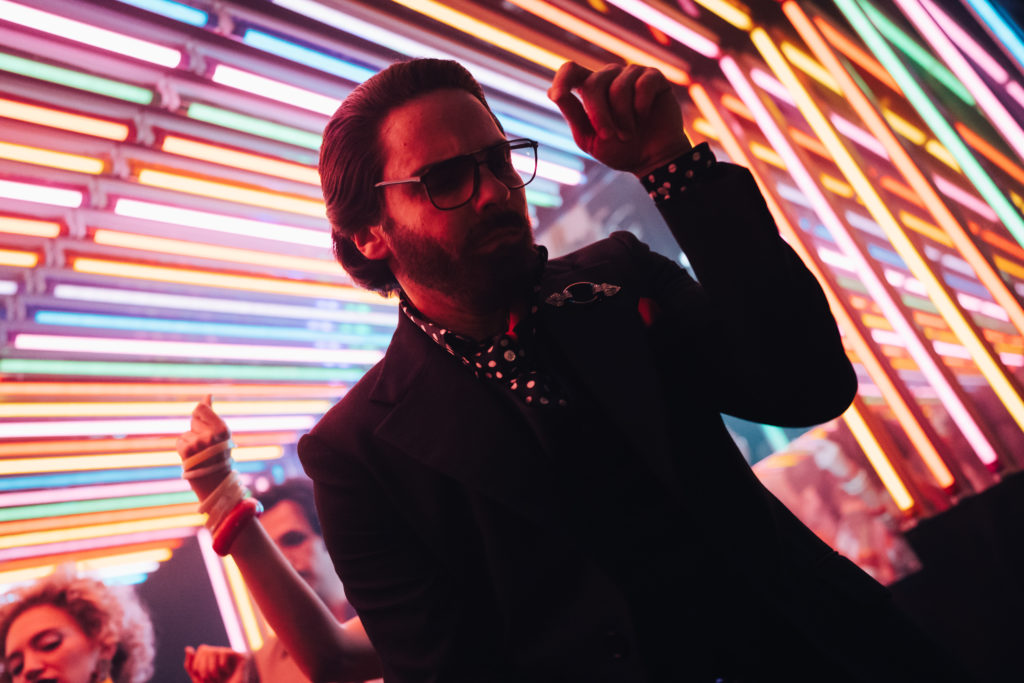
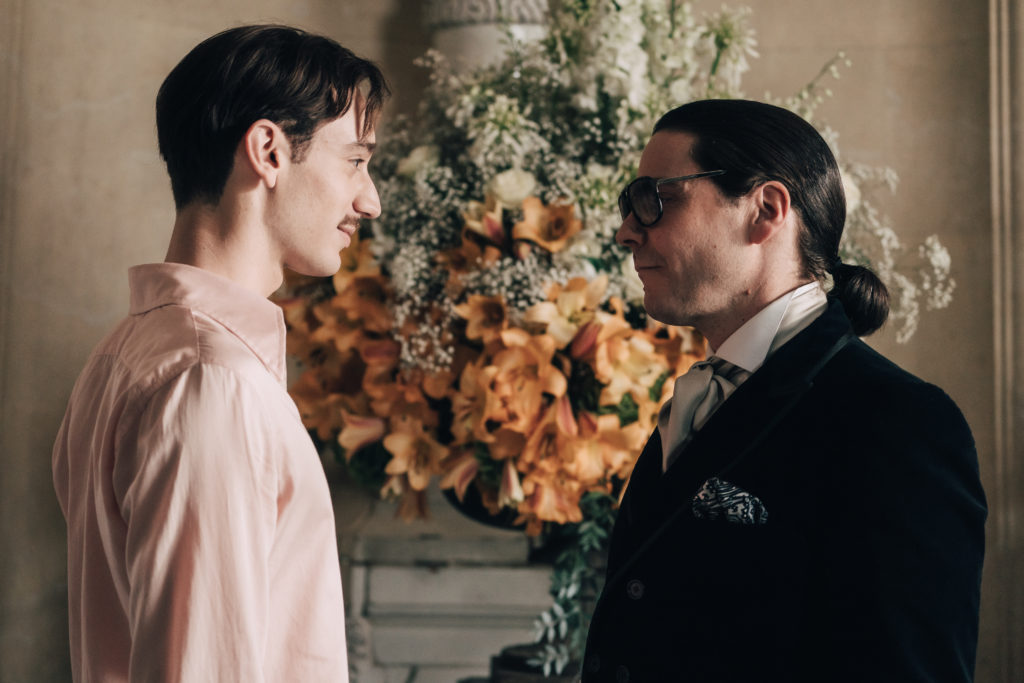
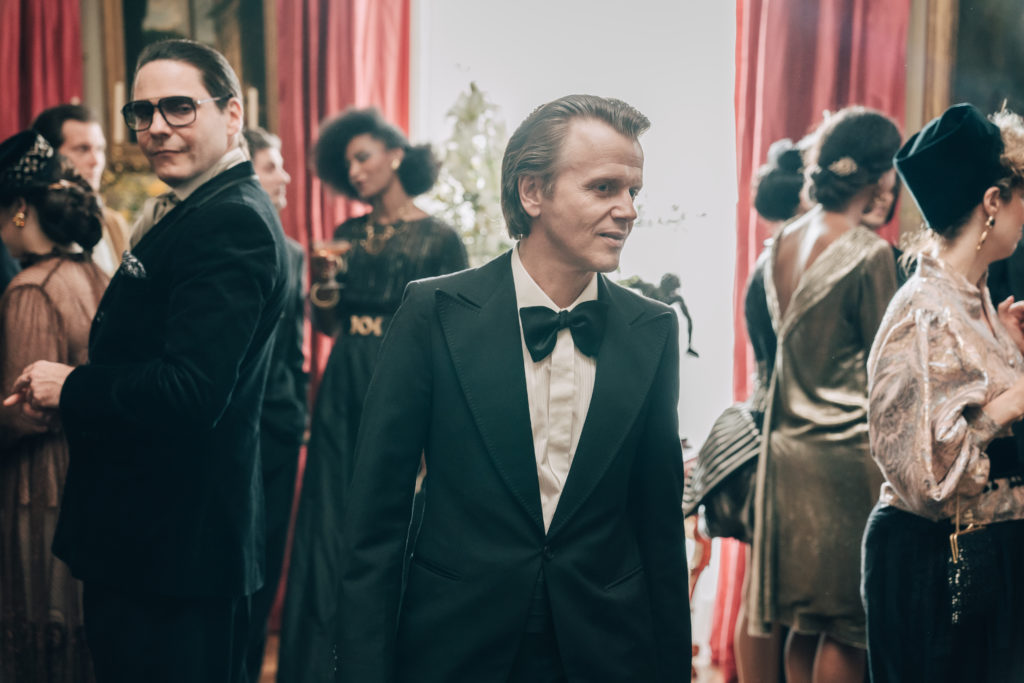
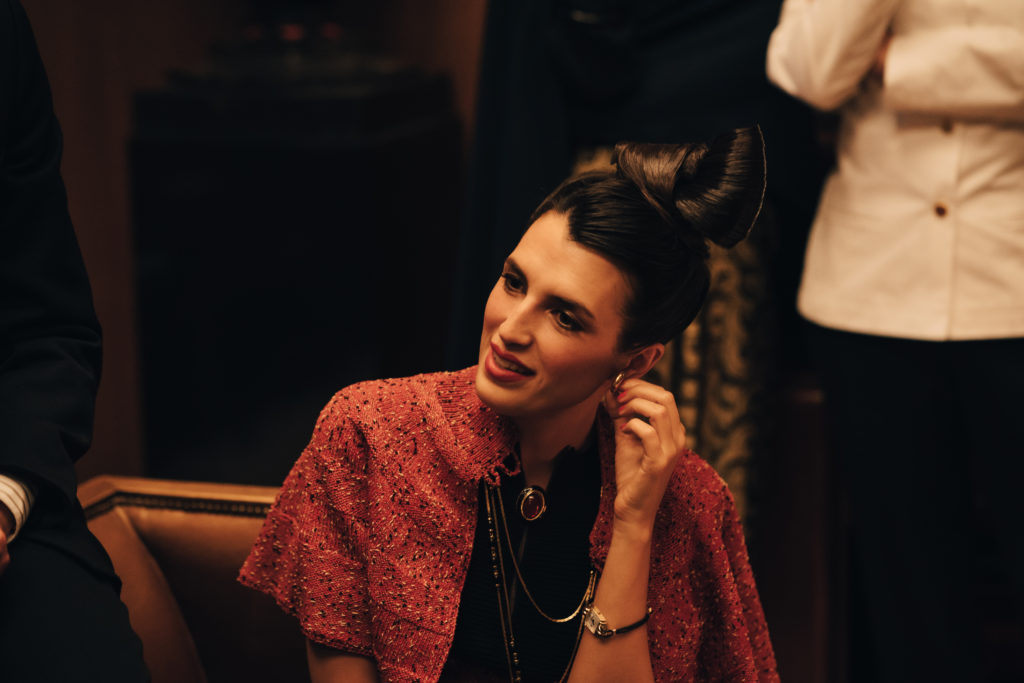
© Becoming Karl Lagerfeld, Disney+, Mélodie Preel
When did you start taking your first steps into the world of images?
I started in the world of images by learning photography when I was a teenager, I loved street photography when I was abroad, getting to know a new culture by observing those people and their environment from a distance through a lens. During those years I watched a lot of “Making of” and I was very curious to understand the mechanisms of filmmaking.
In your photographic and cinematographic production, it seems that you exclusively prefer the close-up of the subject: what are you looking for, what do you generally perceive in the subject in front of you at that moment?
As a photographer most of the time I was shooting long lenses from a distance so I wouldn’t be caught, I liked to steal a moment. As a cinematographer, I got closer to the subject obviously, and with Becoming Karl Lagerfeld the goal was to be as close as we could to understand and feel his inner thoughts, as Karl was a very reserved person.
How did the collaboration for such an ambitious project like “Becoming Karl Lagerfeld”, which presents the story of one of the most important figures who have marked international fashion, come about?
I met Jerome Salle, the director when I was an AC, and then I became a cinematographer. He continued to follow my work and called me about this project which was a tremendous chance for me. I leaped even though I was terrified, and it was a fulfilling experience as a cinematographer to be confronted with this high-end project that speaks about one of the greatest figures of the mode.
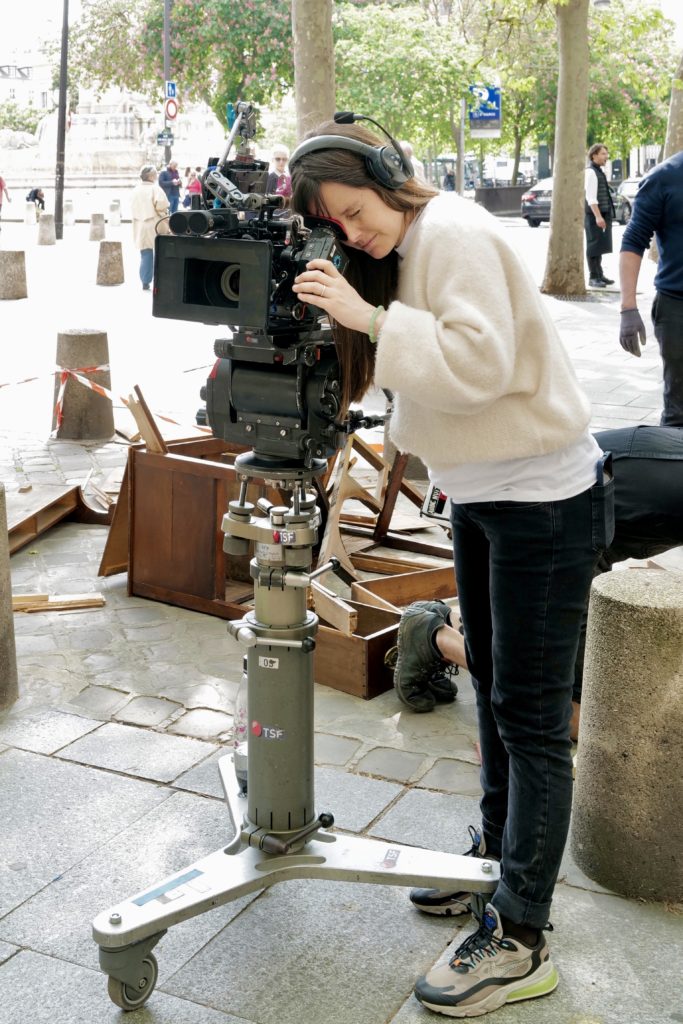
Our major question with the cinematography was how to shoot Karl to feel what he was going through. We chose a wide format and wide lenses to be as close as we could to feeling any breath, any subtle introvert reactions, and a very small depth of field to allow us to have the feeling of being with him only.
Can you tell us how your work was planned for the project between research, style, and in-depth analysis of materials and colors to capture the essence of the Seventies, the period in which the TV series is set? Do you have any particular references to inspire you?
Jerome wanted to approach the seventies in a modern way. First, we looked at a lot of photography from this period, especially polaroid work such as Maripol for her work in fashion, Robert Mapplethorpe for his naked male pictures, and Philipe Herault‘s work as he knew Karl’s world, and there are huge amount of Karl and Jacques pictures at that time by him.
We looked at Walker Evans’s work as well for his close-up framings and Arnaud Bauman’s photography work of famous night places to give us a sense of what it looked like. In addition to the mode by William Klein and many more.
We wanted to have a large sense of what had been done at that time to find our expression. Jerome wanted to have the feeling of the seventies with a modern look, we were attracted by the Kodachrome look, and the shift of colors but we kept a shiny look overall.
How do you generally communicate your ideas to the production team? And in this case to the directors Audrey Estrougo, and Jérôme Salle for “Becoming Karl Lagerfeld”?
We exchanged a lot of images during prep. It started with a large amount at first, in very different directions, then we would talk about it and narrow it down to what Jerome had in mind. We created a mood board and shared it with the team.
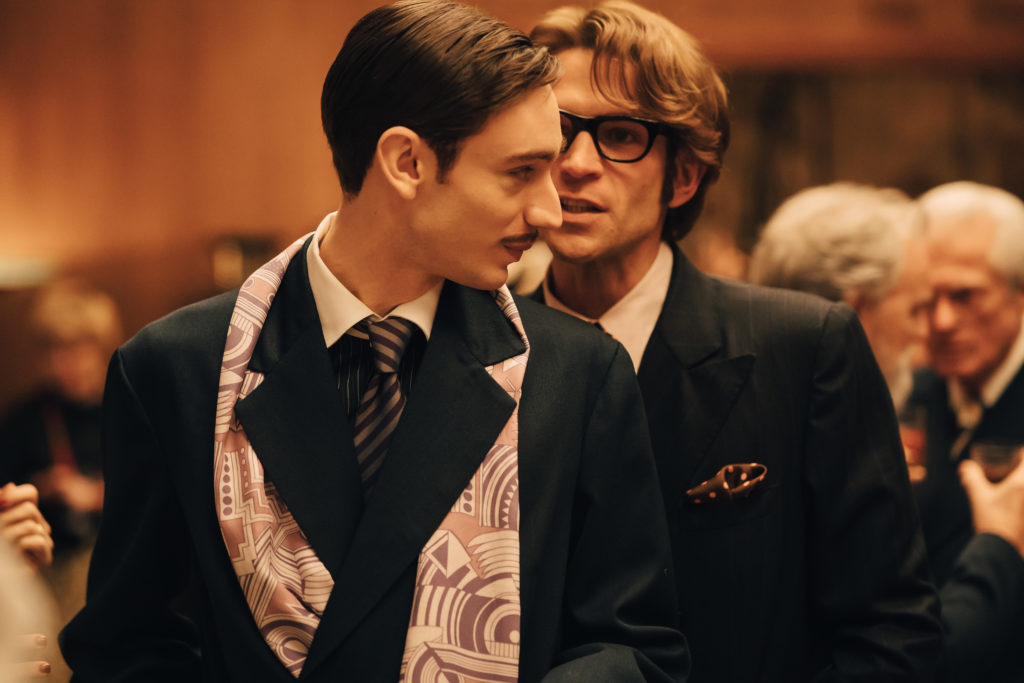
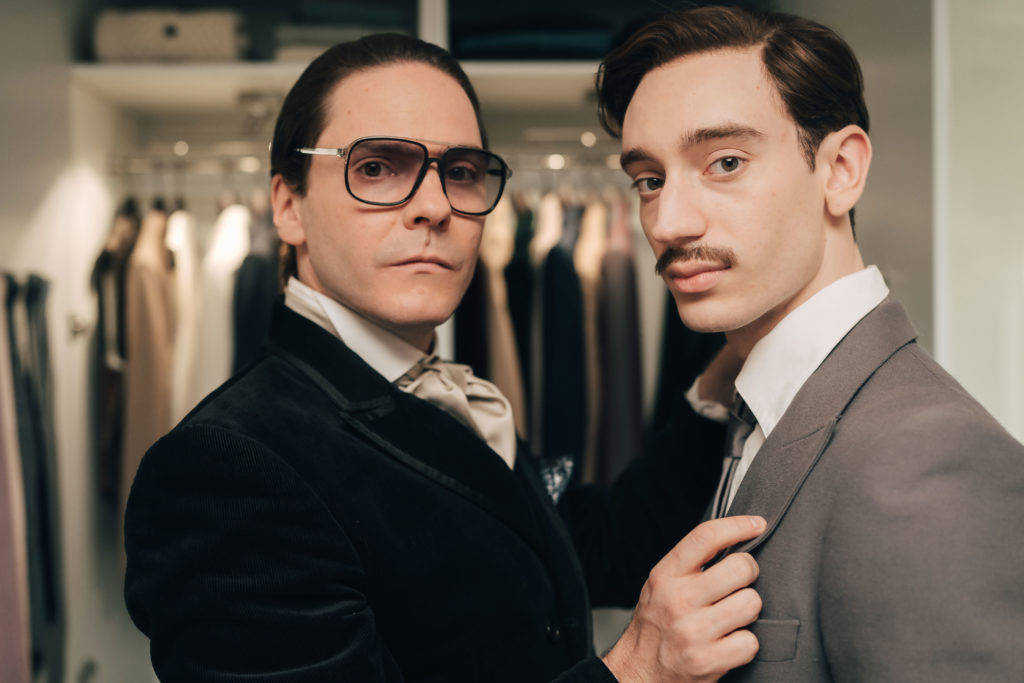
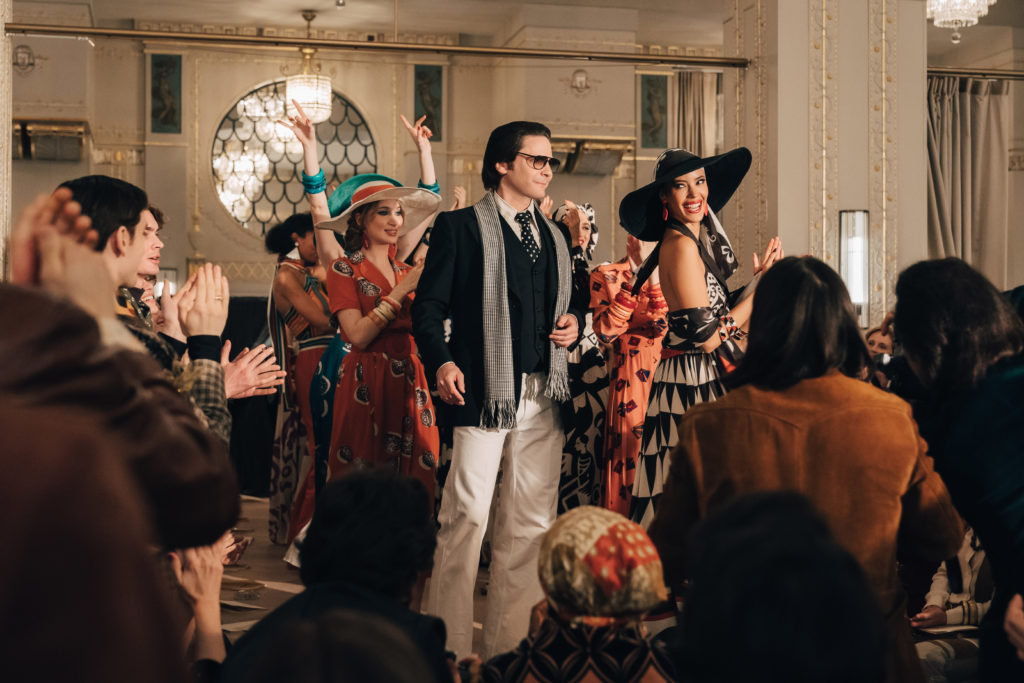
© Becoming Karl Lagerfeld, Disney+, Mélodie Preel
What are the current trends in photography direction that you find most interesting?
I think I am attracted by the search for a look, and looking at what all comes to mind when you think of a project to build a character like Karl. What I like about photography directions nowadays is that everything is possible.
For Becoming Karl Lagerfeld we took the direction of a Kodachrome look that set the seventies by those color palettes that are known from this period; we then added a layer of black and white and used modern wide lenses with a wide-format camera – without adding any texture because we wanted this clear shiny modern look.
Interview by Fabio Pariante: X • Instagram • Website
